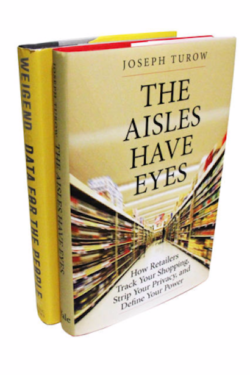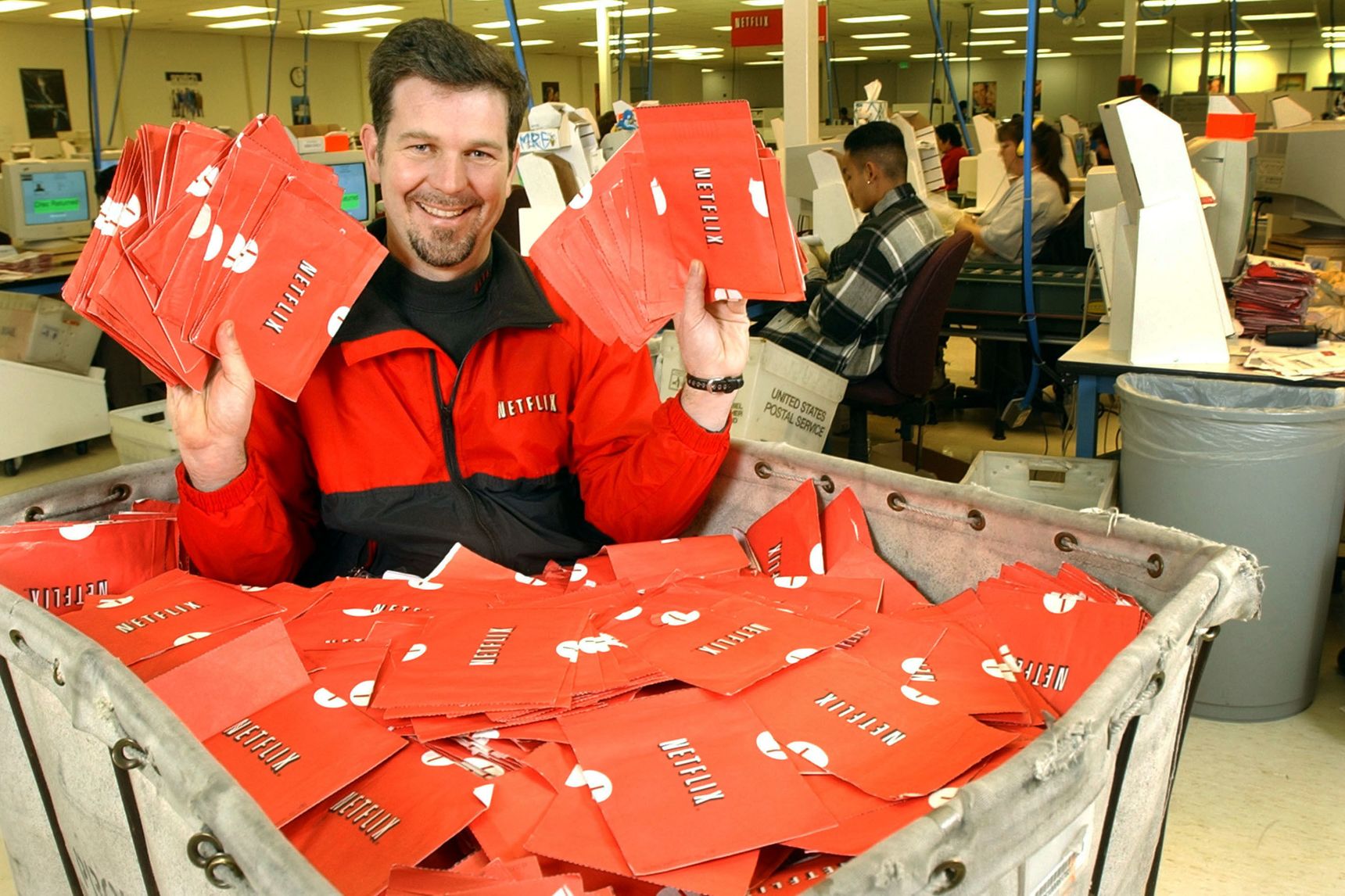
Photo: Getty Images
FIFTEEN YEARS AGO, Steven Spielberg gave us one of the most memorable images in 21st-century cinema: Tom Cruise striding through a shopping center amid a cacophony of electronic ads calling out to his character by name. Some were smooth and purring: “Lexus. The road you’re on, John Anderton, is the one less travelled.” Others were blunt: “John Anderton! You could use a Guinness right about now.” The movie was Minority Report, and though the scene lasted barely a minute, it provoked a visceral response in audiences. At the time, targeted advertising was a novelty, even online—but it wasn’t hard to imagine Google’s search ads ported to the physical world and tethered not just to a person’s internet queries but to his entire identity. And what struck most people as a nightmare sounded to marketers, weirdly enough, like an incredible opportunity.
We don’t want companies knowing too much about us, but we kind of like the personalization. In any case, we don’t know what to do about it.
Fast-forward to 2017. The future Mr. Spielberg predicted is fast approaching, and Joseph Turow, a professor at the University of Pennsylvania’s Annenberg School for Communication, finds it as irredeemably creepy as moviegoers did in 2002. In The Aisles Have Eyes: How Retailers Track Your Shopping, Strip Your Privacy, and Define Your Power, Mr. Turow shows shopping today to be an exercise in unwitting self-revelation—and not only online. Carry a smartphone? Thanks to Wi-Fi, Bluetooth, downloadable apps and mobile wallets, it’s broadcasting your presence—and probably your name, email address, purchasing history, social contacts and “likes” as well—to stores you walk into or even pass by. Ads might not yet be calling out to you by name, but they certainly know who you are and where.
Books: Digital Life |
Learning to Live With AICo-intelligence, by Ethan MollickThe Wall Street Journal | April 3, 2024 |
Swept Away by the StreamBinge Times, by Dade Hayes and Dawn ChmielewskiThe Wall Street Journal | April 22, 2022 |
After the DisruptionSystem Error, by Rob Reich, Mehran Sahami and Jeremy WeinsteinThe Wall Street Journal | Sept. 23, 2021 |
The New Big BrotherThe Age of Surveillance Capitalism, by Shoshana ZuboffThe Wall Street Journal | Jan. 14, 2019 |
The Promise of Virtual RealityDawn of the New Everything, by Jaron Lanier, and Experience on Demand, by Jeremy BailensonThe Wall Street Journal | Feb. 6, 2018 |
When Machines Run AmokLife 3.0, by Max TegmarkThe Wall Street Journal | Aug. 29, 2017 |
The World’s Hottest GadgetThe One Device, by Brian MerchantThe Wall Street Journal | June 30, 2017 |
Confronting the End of PrivacyData for the People, by Andreas Weigend, and The Aisles Have Eyes, by Joseph TurowThe Wall Street Journal | Feb. 1, 2017 |
We’re All Cord Cutters NowStreaming, Sharing, Stealing, by Michael D. Smith and Rahul TelangThe Wall Street Journal | Sept. 7, 2016 |
Augmented Urban RealityThe City of Tomorrow, by Carlo Ratti and Matthew ClaudelThe New Yorker | July 29, 2016 |
Word Travels FastWriting on the Wall, by Tom StandageThe New York Times Book Review | Nov. 3, 2013 |

DATA FOR THE PEOPLE: How to Make Our Post-Privacy Economy Work for You
by Andreas Weigend
Basic, 299 pages, $27.99
THE AISLES HAVE EYES: How Retailers Track Your Shopping, Strip Your Privacy, and Define
Your Power
by Joseph Turow
Yale, 331 pages, $30

 February 1, 2017
February 1, 2017



